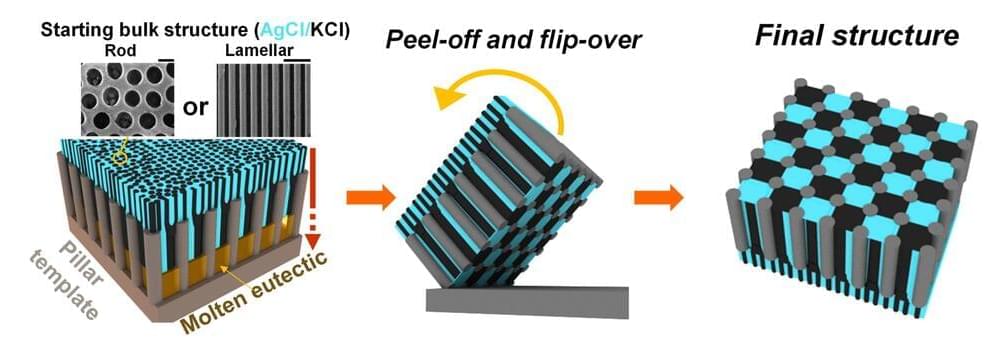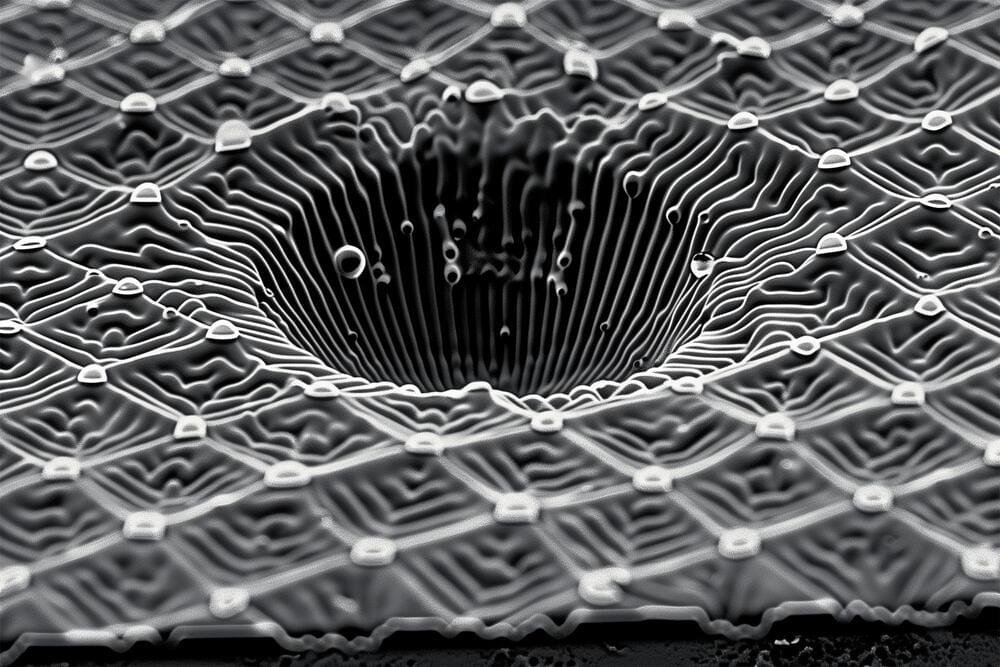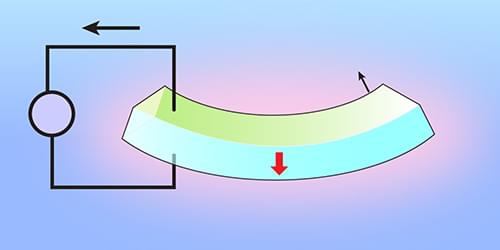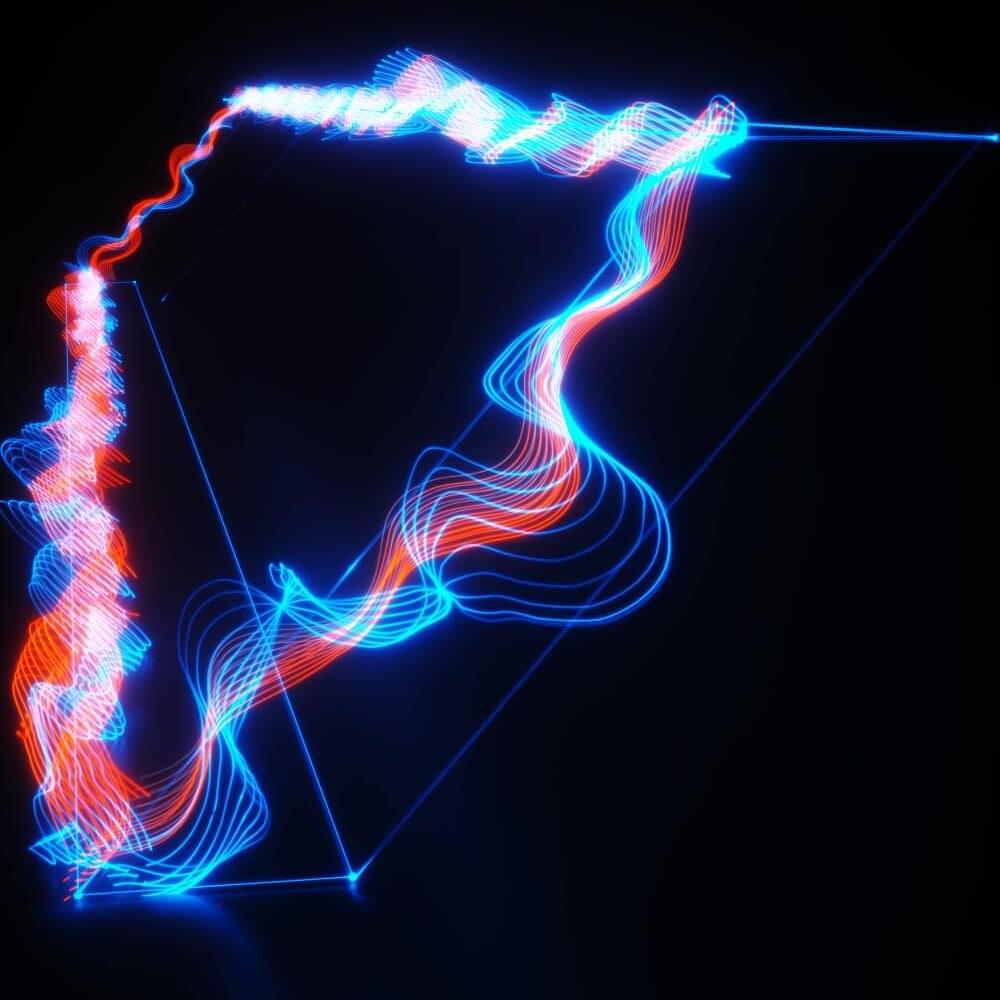Feb 26, 2024
Thermally engineering templates for highly ordered self-assembled materials
Posted by Dan Breeden in categories: engineering, materials
Self-assembled solidifying eutectic materials directed by a template with miniature features demonstrate unique microstructures and patterns as a result of diffusion and thermal gradients caused by the template. Despite the template trying to force the material to solidify into a regular pattern, when the template carries a lot of heat it also can interfere with the solidification process and cause disorder in the long-range pattern.
Researchers at the University of Illinois Urbana-Champaign and the University of Michigan Ann Arbor have developed a template material that carries almost no heat and therefore stops heat transfer between the template material itself and the solidifying eutectic material. They accomplished this by forming the template from a material with very low thermal conductivity, ultimately resulting in highly organized self-assembled microstructures.
The results of this research were recently published in the journal Advanced Materials.

















